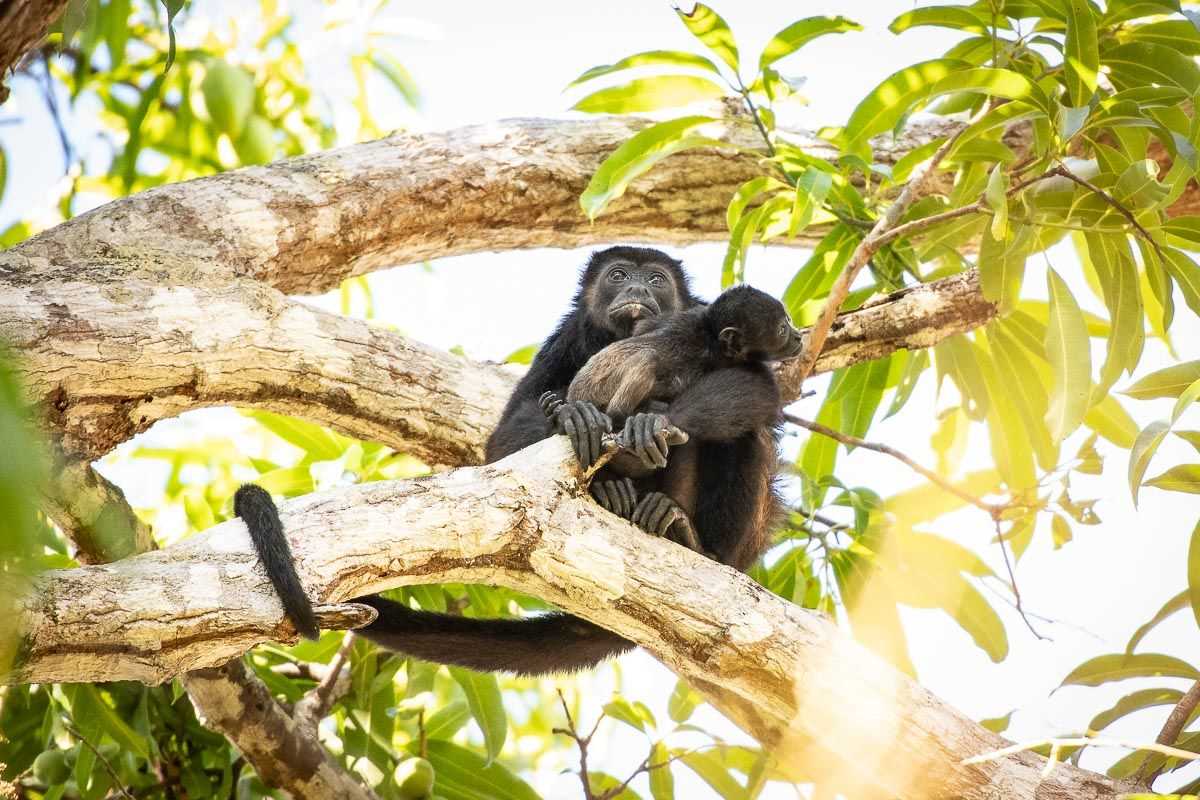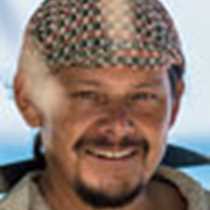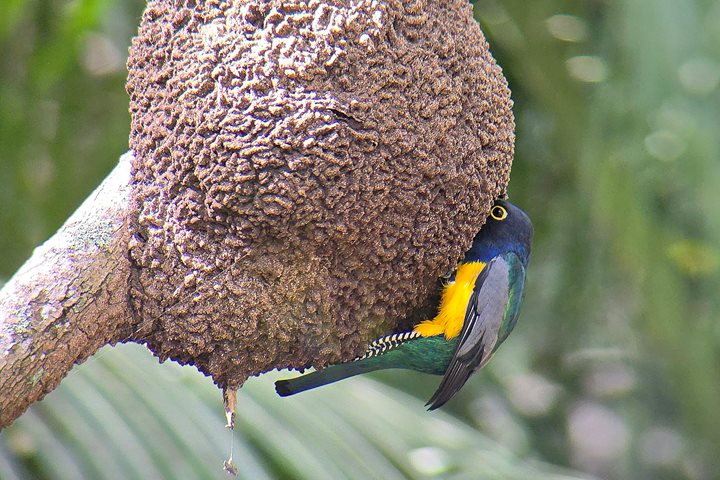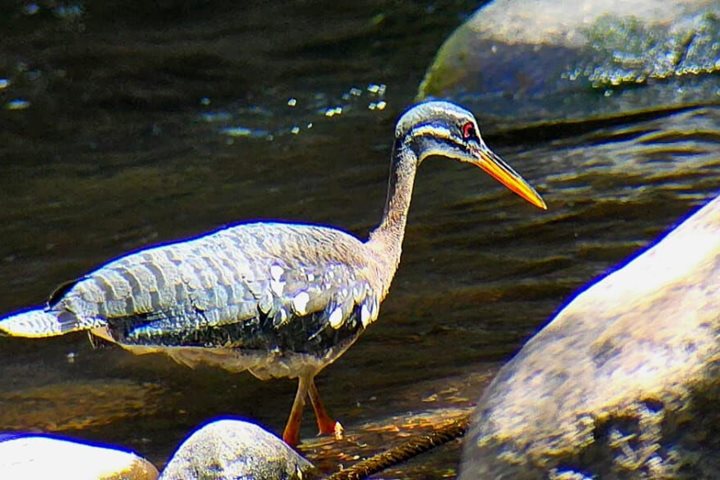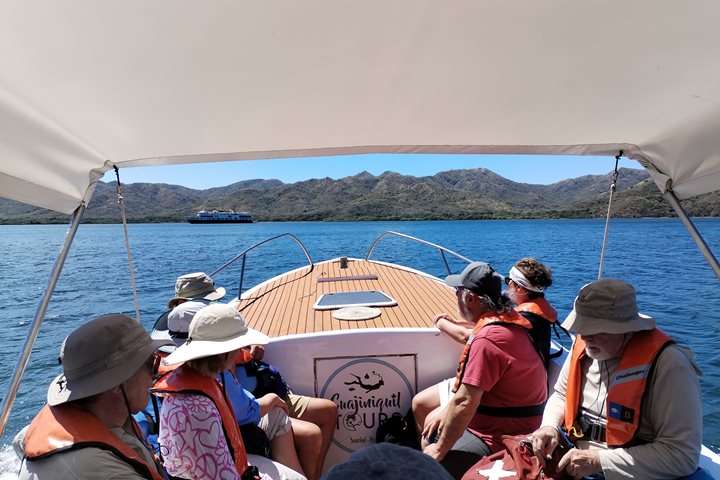On a beautiful morning, we arrived at a small bay in front of Zapotal Beach. After National Geographic Quest anchored, we started our exploration activities. Some of our guests decided to go to the mainland for a walk, while the vast majority chose to spend the morning snorkeling in the Brunel Islets.
Those who went for a walk found howler monkeys, green iguanas, pale woodpeckers, and many other typical birds of the dry forest. Those who went to the islets enjoyed several hours in the water in search of pufferfish, starfish, angelfish, and hawksbill turtles.
After repositioning National Geographic Quest in Huevos Bay in the afternoon, we disembarked at one of the nearby beaches. Some guests decided to take a Zodiac cruise to tour a nearby mangrove, while others took to one of the trails near the beach. Other guests combined a bit of kayaking with paddleboarding, or they simply enjoyed the seashore in this charming place. Of course, those who went to the mangrove spotted various species of waterfowl, while those who went on the walk and/or stayed on the beach were able to see howler monkeys passing along the trail.

